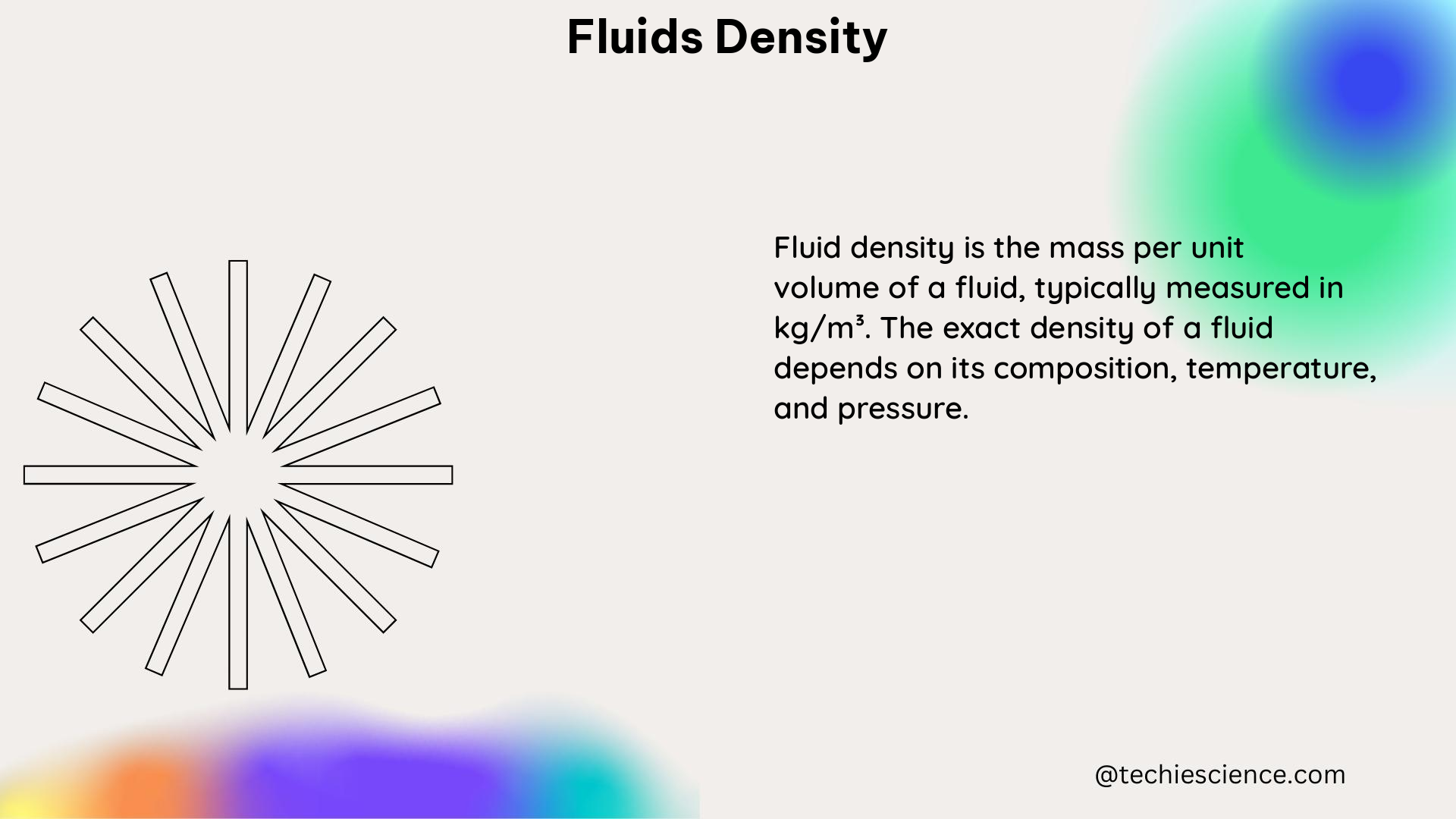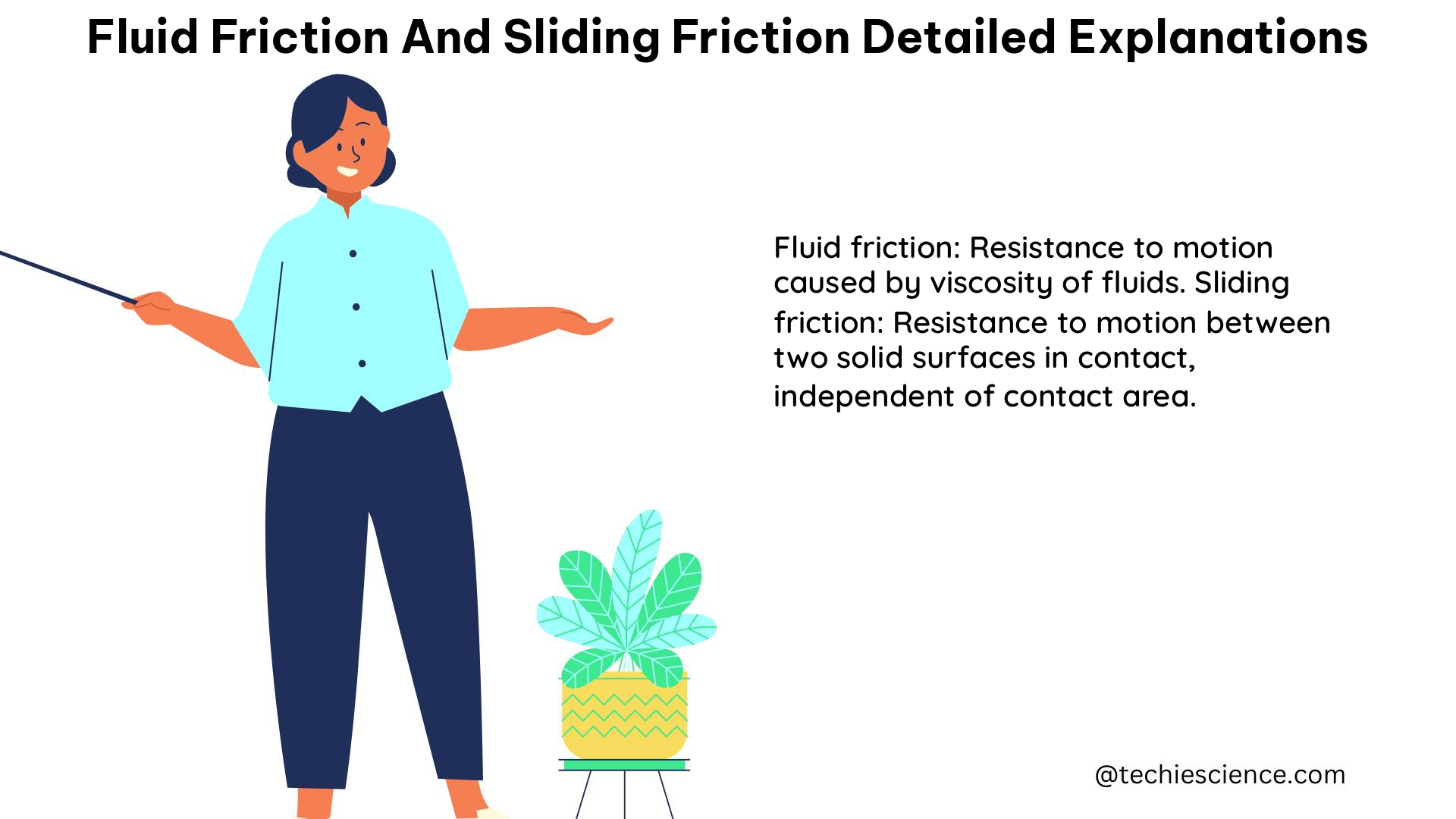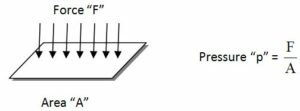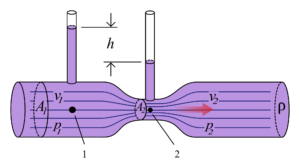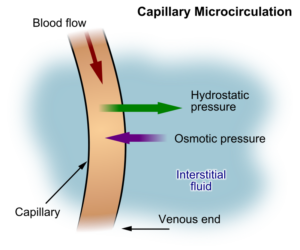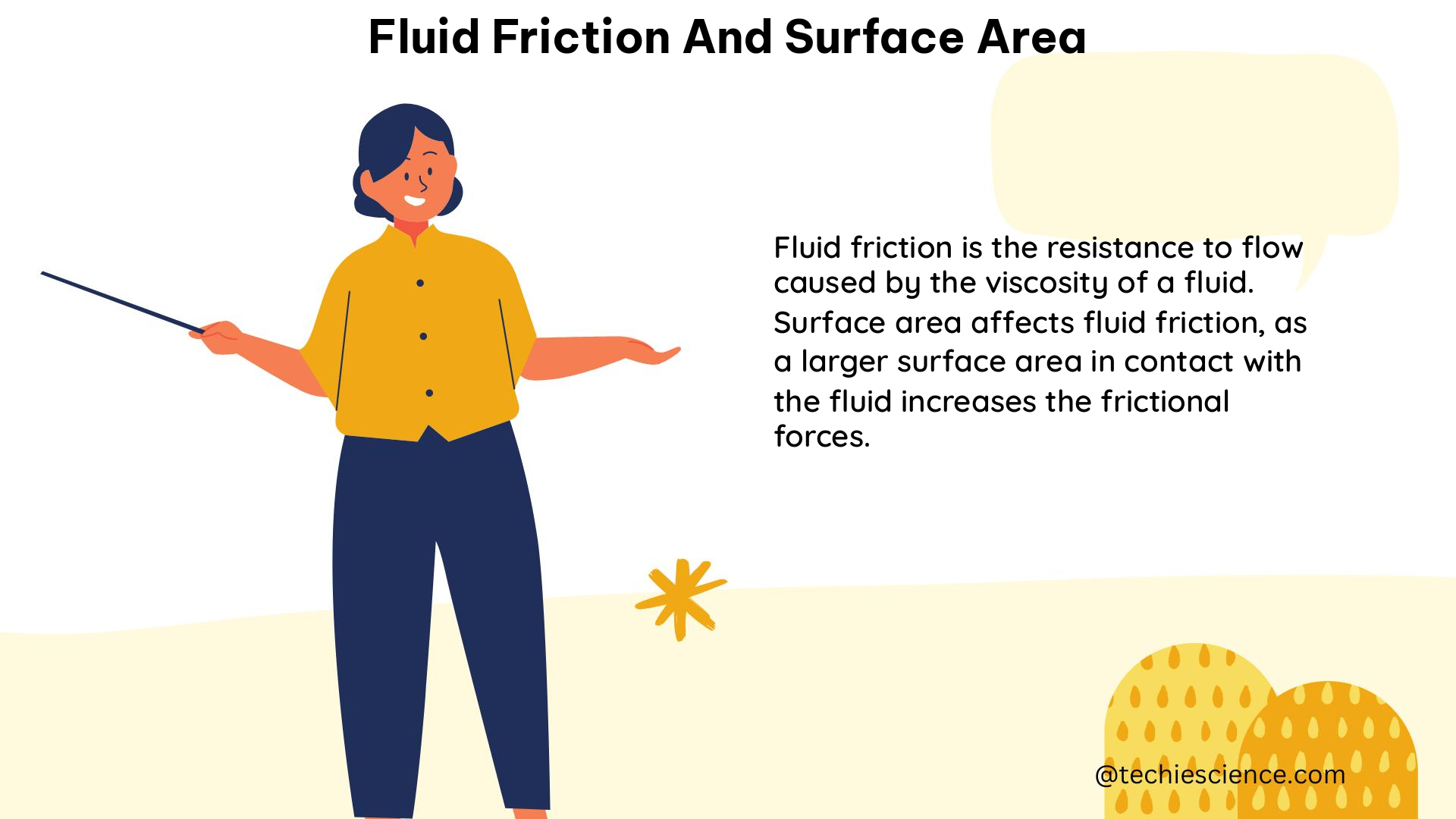Fluid friction, also known as viscous friction or fluid resistance, is the force that resists the motion of an object through a fluid due to the internal friction within the fluid. It is an essential concept in fields such as fluid mechanics, aerodynamics, and hydrodynamics, and understanding its principles is crucial for designing efficient systems and predicting the behavior of objects moving through fluids.
Viscosity: The Key to Fluid Friction
Viscosity is a fundamental property of fluids that directly influences fluid friction. It is defined as the measure of a fluid’s resistance to flow, or the ratio of the shear stress to the shear rate of the fluid. The SI unit of viscosity is the pascal-second (Pa·s), while the US customary system uses the pound-second per square foot (lb·s/ft²).
Dynamic Viscosity
Dynamic viscosity, also known as absolute viscosity, is the viscosity of a fluid under normal conditions. It is denoted by the Greek letter eta (η) and has the same units as viscosity, Pa·s or lb·s/ft².
Kinematic Viscosity
Kinematic viscosity is the ratio of dynamic viscosity to fluid density. It is denoted by the Greek letter nu (ν) and has the unit of square meters per second (m²/s) or square feet per second (ft²/s) in the SI and US customary systems, respectively.
Fluid Friction Coefficient: Quantifying Resistance
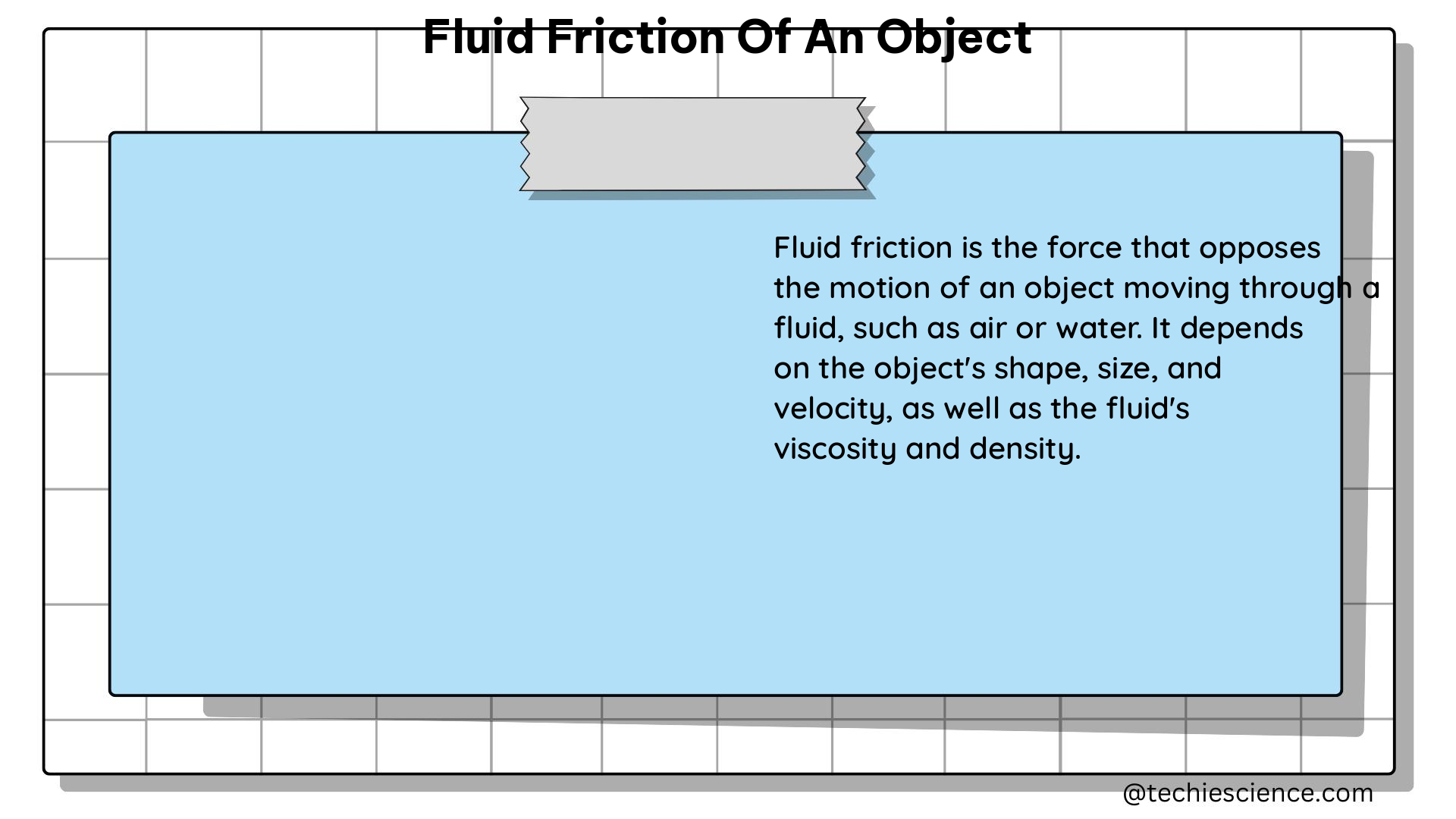
The fluid friction coefficient, also known as the drag coefficient, is a dimensionless quantity that characterizes the resistance of a fluid to the motion of an object through it. It depends on various factors, such as the shape and size of the object, the fluid properties, and the flow conditions.
Factors Affecting Fluid Friction Coefficient
- Shape of the object: The shape of the object significantly influences the fluid friction coefficient. Streamlined shapes, such as airfoils and hydrofoils, generally have lower drag coefficients compared to blunt shapes, like spheres and cubes.
- Size of the object: The size of the object also affects the fluid friction coefficient. Larger objects typically have higher drag coefficients due to the increased surface area exposed to the fluid.
- Fluid properties: The properties of the fluid, such as viscosity and density, can influence the fluid friction coefficient. Fluids with higher viscosity and density generally result in higher drag coefficients.
- Flow conditions: The flow regime, whether laminar or turbulent, can also affect the fluid friction coefficient. Turbulent flow typically leads to higher drag coefficients compared to laminar flow.
Reynolds Number: Characterizing Flow Regimes
The Reynolds number is a dimensionless quantity that characterizes the flow regime of a fluid. It is defined as the ratio of inertial forces to viscous forces in the fluid. The critical Reynolds number, which separates laminar flow from turbulent flow, is approximately 2000 for pipe flow and 500,000 for boundary layer flow.
Calculating Reynolds Number
The Reynolds number (Re) is calculated using the formula:
Re = ρ * v * L / μ
Where:
– ρ (rho) is the fluid density (kg/m³)
– v is the fluid velocity (m/s)
– L is the characteristic length of the object (m)
– μ is the dynamic viscosity of the fluid (Pa·s)
Fluid Friction Force: Quantifying the Resistance
The fluid friction force is the force that resists the motion of an object through a fluid due to fluid friction. It is given by the formula:
F = Cd * ρ/2 * A * v^2
Where:
– F is the fluid friction force (N or lb)
– Cd is the drag coefficient (dimensionless)
– ρ is the fluid density (kg/m³ or lb/ft³)
– A is the cross-sectional area of the object (m² or ft²)
– v is the velocity of the object relative to the fluid (m/s or ft/s)
Examples of Fluid Friction Force
- Viscosity of water: The dynamic viscosity of water at 20°C is approximately 1.002 mPa·s (millipascal-second) or 0.00672 lb·s/ft² in the SI and US customary systems, respectively.
- Viscosity of oil: The dynamic viscosity of motor oil can range from 10 mPa·s to 1000 mPa·s or more, depending on the type and temperature.
- Drag coefficient of a sphere: The drag coefficient of a sphere in laminar flow is approximately 0.44, and in turbulent flow it can range from 0.1 to 0.5, depending on the Reynolds number.
- Fluid friction force on a car: The fluid friction force on a car traveling at 60 mph (26.8 m/s) on a level road is approximately 1300 N (newtons) or 293 lb (pounds), assuming a drag coefficient of 0.3, a frontal area of 2.2 m², and an air density of 1.225 kg/m³.
Numerical Problems and Exercises
To further solidify your understanding of fluid friction, here are some numerical problems and exercises:
-
Calculating Kinematic Viscosity: A fluid has a dynamic viscosity of 0.85 Pa·s and a density of 950 kg/m³. Calculate the kinematic viscosity of the fluid.
-
Determining Drag Coefficient: An object with a cross-sectional area of 0.2 m² is moving through a fluid with a density of 1.2 kg/m³ at a velocity of 15 m/s. The fluid friction force acting on the object is 120 N. Calculate the drag coefficient of the object.
-
Estimating Fluid Friction Force: A spherical object with a diameter of 0.1 m is moving through water at a velocity of 2 m/s. Assuming the dynamic viscosity of water is 1.002 mPa·s and the density is 1000 kg/m³, calculate the fluid friction force acting on the object.
-
Analyzing the Effect of Velocity: Determine how the fluid friction force on a car changes as the velocity increases from 50 mph to 70 mph, assuming a constant drag coefficient of 0.3 and a frontal area of 2.2 m².
By working through these problems and exercises, you will gain a deeper understanding of the various factors that influence fluid friction and how to apply the relevant formulas and principles to real-world scenarios.

